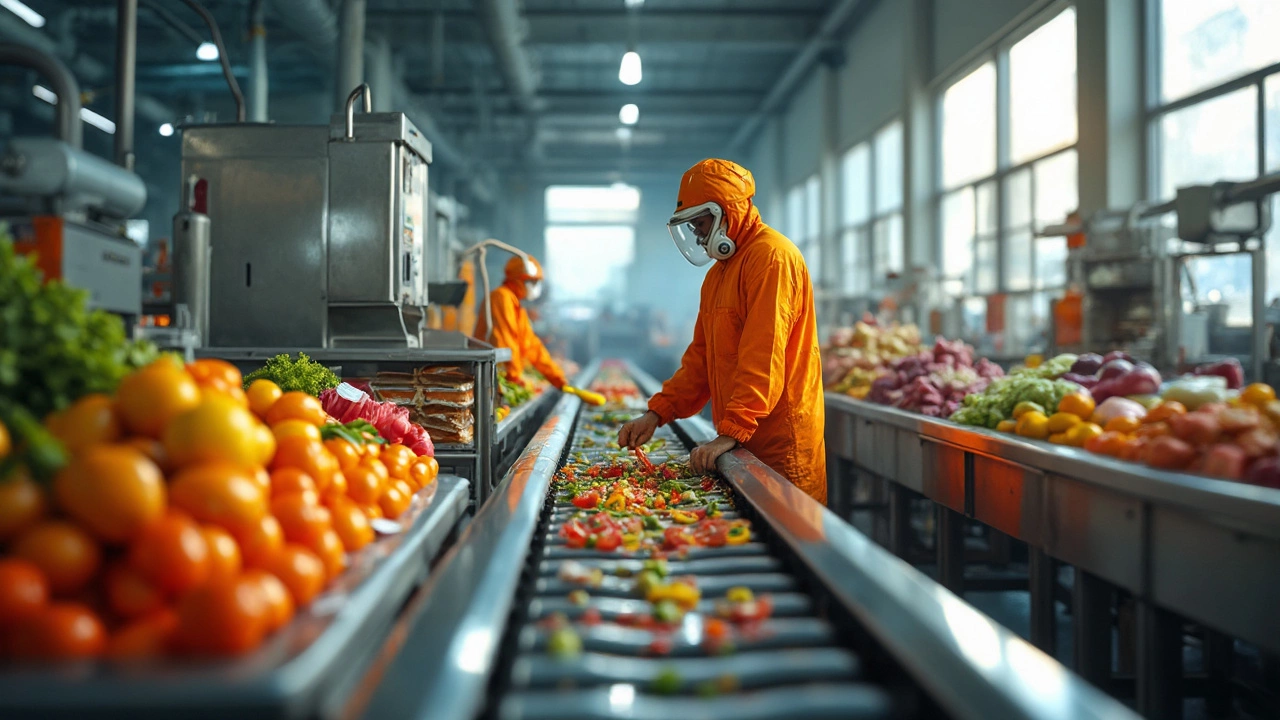Processing Units: Definitions, Examples, and Industry Role
When working with processing units, the distinct steps or operations that transform raw material into a finished product. Also known as process steps, they form the backbone of any manufacturing flow and determine efficiency, quality, and cost.
Another key concept is unit process, a single, clearly defined operation such as mixing, heating, or cutting that can be repeated across many products. Unit processes are the building blocks of larger processing units and give engineers a modular way to design factories. For example, a bakery might treat dough mixing, proofing, and baking each as a unit process, then stitch them together into a full production line.
Small‑scale enterprises often rely on small scale industry, businesses that operate with limited capital, space, and workforce yet still need well‑defined processing units to stay competitive. A micro‑factory making hand‑crafted candles will have a melting unit, a pouring unit, and a cooling unit. Because each unit can be set up in a modest workshop, the overall operation stays agile while still following the same principles as a large plant.
At the other extreme, mass production, high‑volume manufacturing that uses standardized processing units to churn out identical items quickly, leans heavily on automation. Think of an automobile assembly line where welding, painting, and engine installation are each dedicated processing units operating around the clock. The link between mass production and processing units is simple: the more repeatable the unit, the higher the throughput.
Why processing units matter in manufacturing
Processing units enable firms to break down complex products into manageable tasks. This segmentation drives three important outcomes: faster setup times, easier troubleshooting, and clearer cost tracking. When a unit underperforms, engineers can isolate the problem without shutting down the whole plant. That’s why both small‑scale makers and massive auto plants invest in refining each unit’s design.
Moreover, processing units are the entry point for innovation. Adding a new unit—say, a laser‑cutting step in a furniture maker’s workflow—can open up product lines that were previously impossible. The same principle applies to emerging sectors like AI chip fabrication, where each unit process (doping, photolithography, testing) must meet ultra‑tight tolerances.
Across the articles in this collection you’ll see processing units applied to diverse fields: heavy‑equipment comparison, high‑demand product trends, iron‑and‑steel hubs, food science roles, textile market leaders, plastic manufacturing hotspots, and even AI chip startups. Each piece illustrates how a well‑defined processing unit can shape strategy, profit margins, and market positioning.
In short, understanding processing units gives you a lens to view the entire manufacturing ecosystem—from a single artisanal workshop to a global supply chain. The next sections will walk you through real‑world examples, industry statistics, and actionable tips that you can apply today.
Ready to dive deeper? Below you’ll find curated articles that break down unit processes, compare industrial giants, highlight high‑demand products, and explore the future of manufacturing across India and the world.
